|
One of my favourite things about our Kindergarten programs this spring has been to watch how loose parts are used by the various groups. It is truly amazing to see the multiplicity of permutations that can come from piles of materials used in different ways by different little brains and communities of imagination. Coined by architect Simon Nicholson in the 1970s, the theory of loose parts play claims that we are all creative and that loose parts in an environment will empower our creativity. During loose parts play, children are exploring possibilities, moving, carrying, manipulating, designing, combining, with no specific directions or outcome. We have an old bread baking pan with various natural items. These items are an invitation to create, design, and play. Look at some of the creations made from these materials! Snails and shells are popular items in their creations, and often end up being creatures or families of creatures. In the photos below, two girls are using sticks and branches to recreate the climbing structure that was behind them. Truly creative and observant! The Stick-lets and bamboo area is another popular area for budding builders. Children design 3-D shapes like pyramids, cubes, and rectangular prisms. But the most popular structure is a tent! From the play area, our use of loose parts extends into the forest. Planting gardens, designing art pieces, building pretend campfires, creating log cabins... the options are endless! "Kids really get to know the environment when they can dig it, beat it, swat it, lift it, join it, push it, combine different things with it. This is what adults call creative activity . . . a process of environment and imagination working together." ~ Robin Moore
0 Comments
It was a bit of a chilly, rainy-on-and-off afternoon for our Words in the (wet) Woods workshop. But a daring group braved the elements nonetheless, working with images and memories of trees in our past. Carrie Snyder, local author, led us through exercises to help us remember the significant trees in our lives. What trees do you remember? What memories, people, events are connected to those tree memories? Some of my list included: * the willow tree in our front yard of my childhood home * the pine tree by the water at Fraser Lake Camp * the apple tree at my grandparents' house * the apple tree at my childhood home * the catalpa tree in my backyard Some of our writing time was indoors, and some was outdoors in the woods near the pond at Huron Natural Area (this was my favourite time!). Thanks, Carrie, for an inspirational afternoon of writing in the woods!
Sarah Granskou, City of Kitchener's artist in residence for 2016, has generously offered her time to create, sing, and tell stories with some of our Nature Connect groups in the past weeks. She visited our Tales and Trails group at Breithaupt Park to sing and tell us a story. We sang along with the song that Sarah had written: "Every tree has a protector, and it's expected you'll respect her..." Then she joined us on our hike, looking for faces in the trees. Here's one that we found named Pinnochio: We also found several forest trolls hidden along the path. How did they get there? Where do they sleep at night? Do they protect the trees too? Then Sarah joined us at Huron Natural Area for a humid Saturday morning of puppet making. Here are some of the creations that emerged from the collective imaginations that morning. We also used hammers to do hapa zome, a Japanese artform that uses plants' natural dyes to imprint colour onto fabric. Some of these dyed fabric pieces were incorporated into our puppets' clothing. Thanks so much, Sarah, for gifting us with your creativity and inspiration!
|
Read on...Hammers, Huge Swings, and the Freedom to Play Archives
April 2020
|
We are honoured to walk, learn, and play on the traditional territories of the Haudenosaunee, Anishinaabeg, and Chonnonton Nations, treaty lands of the Haudenosaunee. Grateful for the ongoing care, stewardship, and teachings from Indigenous Peoples that help us walk gently on this earth. We are committed to the ongoing process of decolonization through partnering with local Indigenous educators in our facilitation, learning about the past and about good ways to move forward together, respecting the land as our First Teacher.
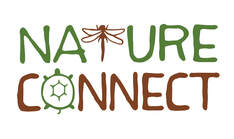
Join our email update list
© Nature Connect 2024
© Nature Connect 2024

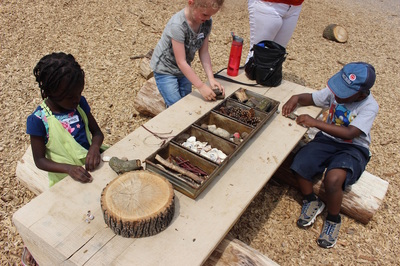
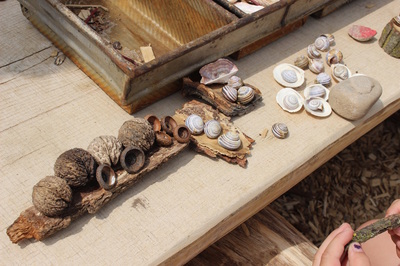
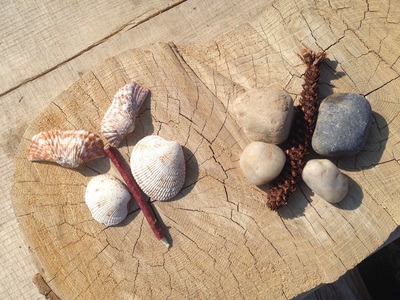
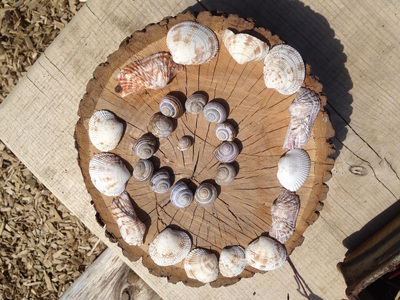
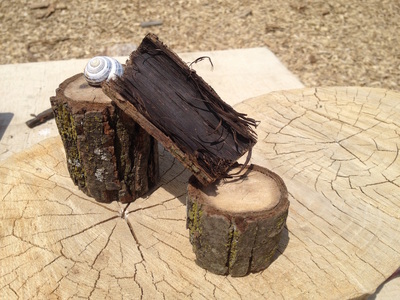
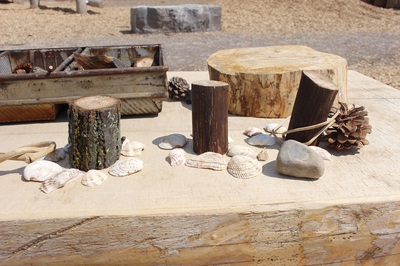
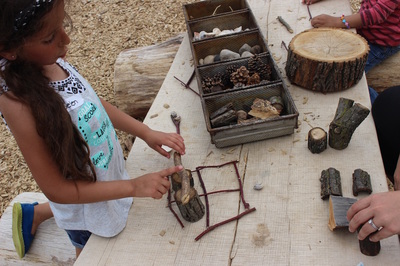
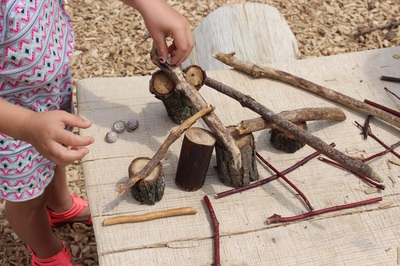
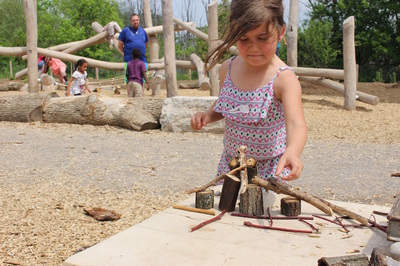
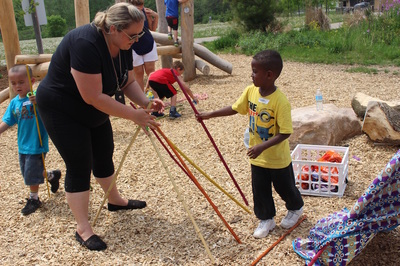
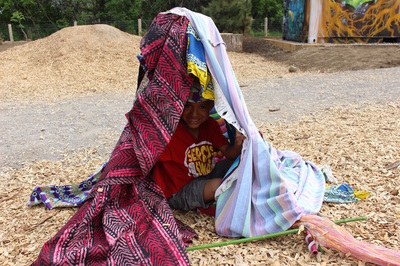
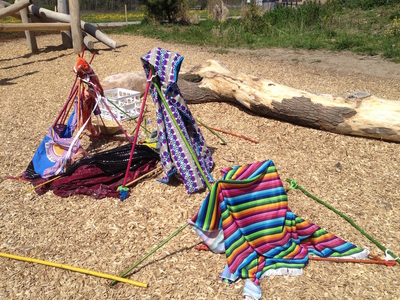
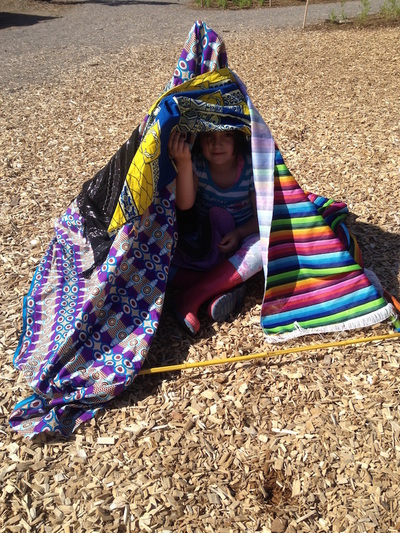
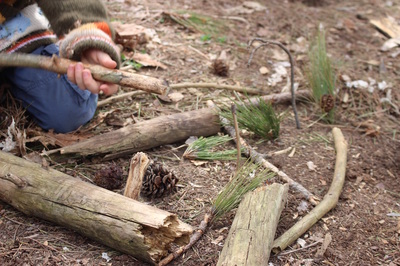
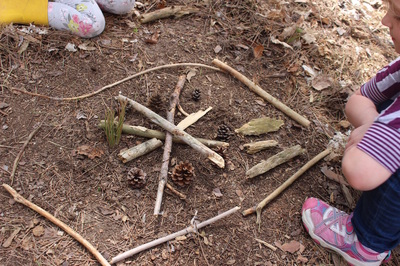
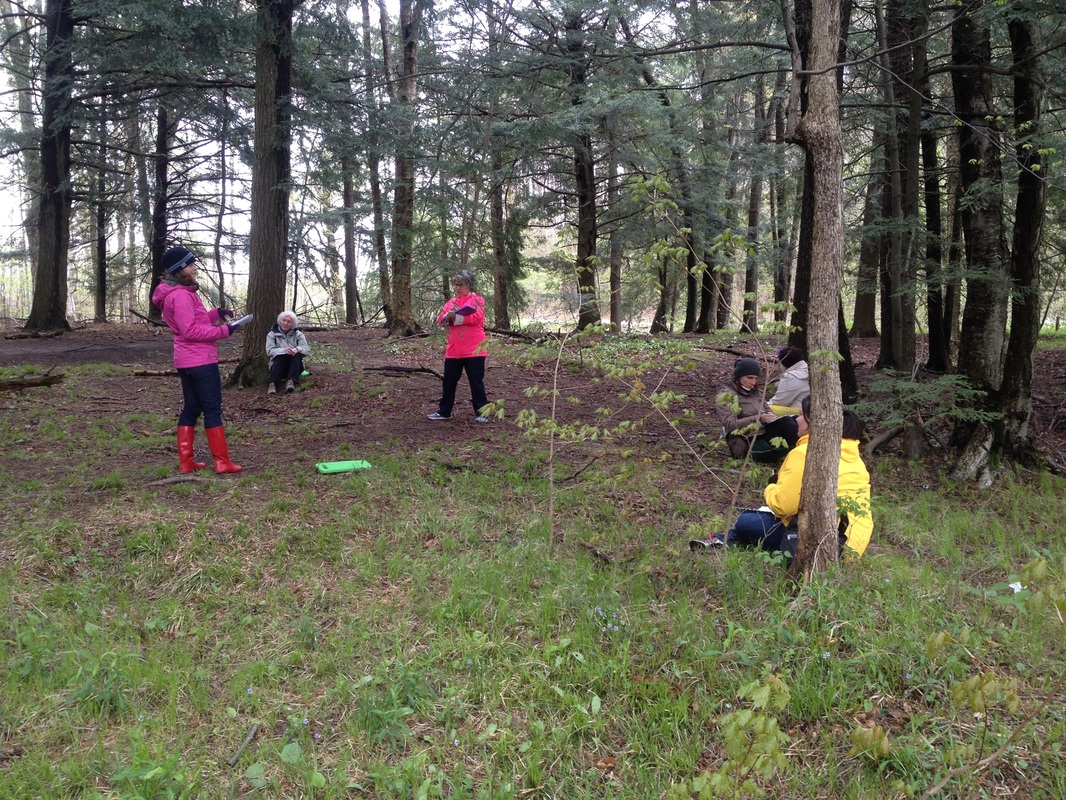
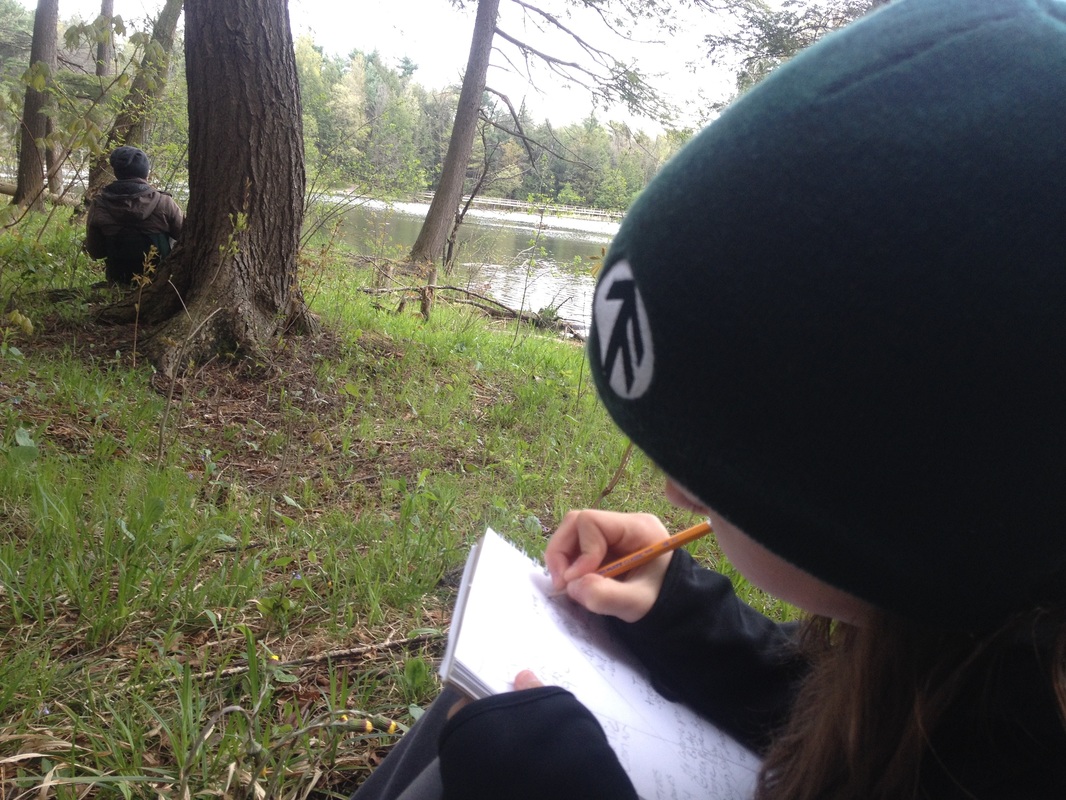
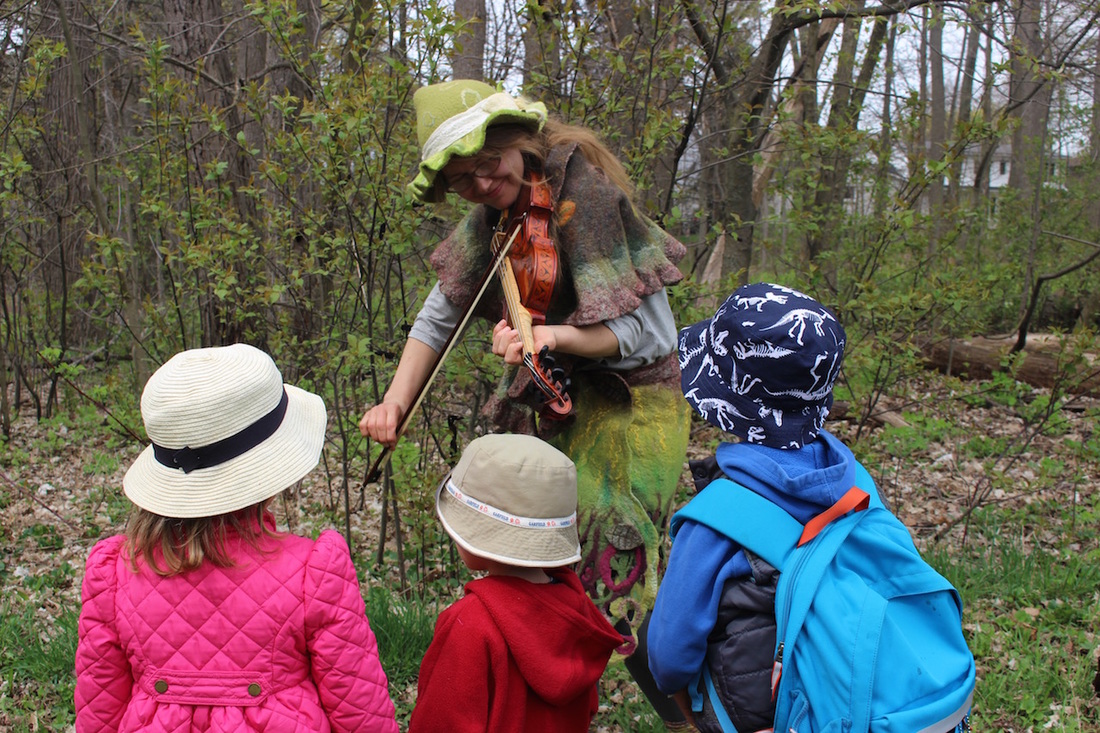
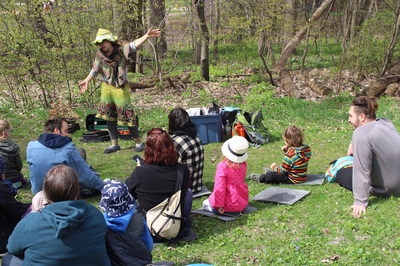
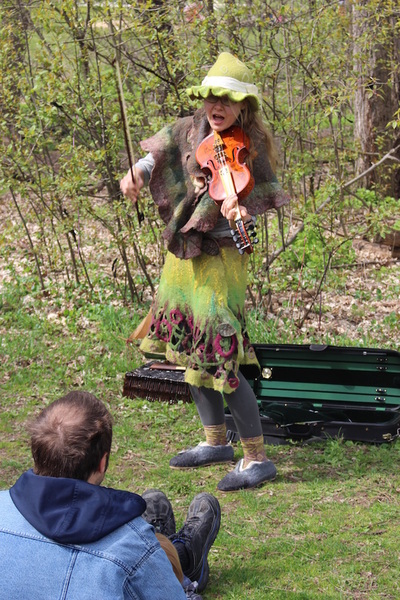
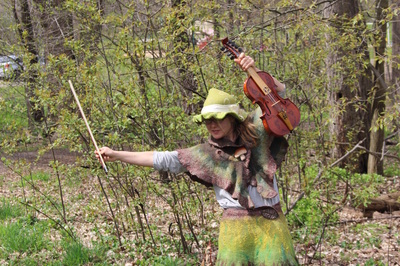
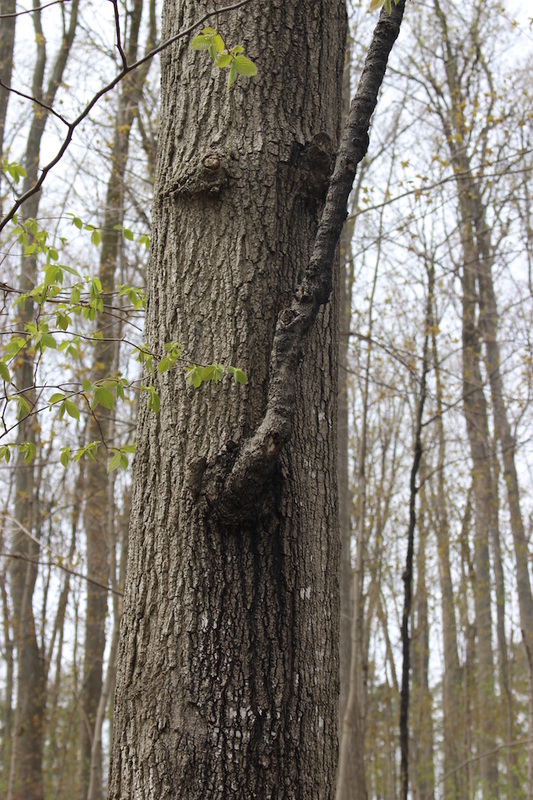
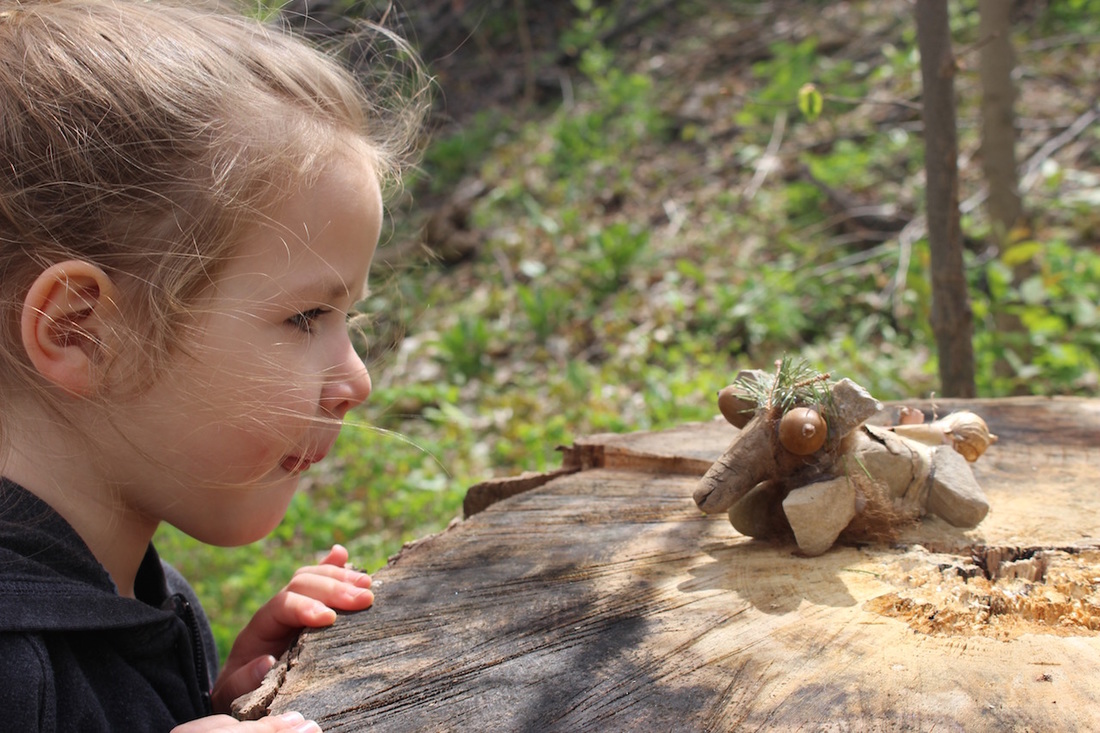
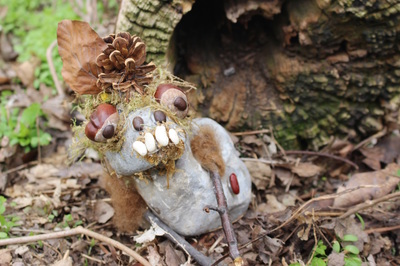
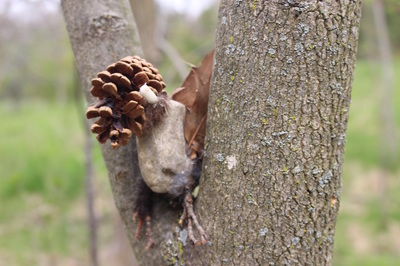
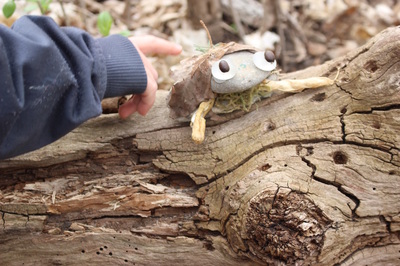
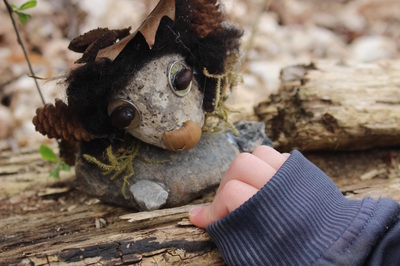
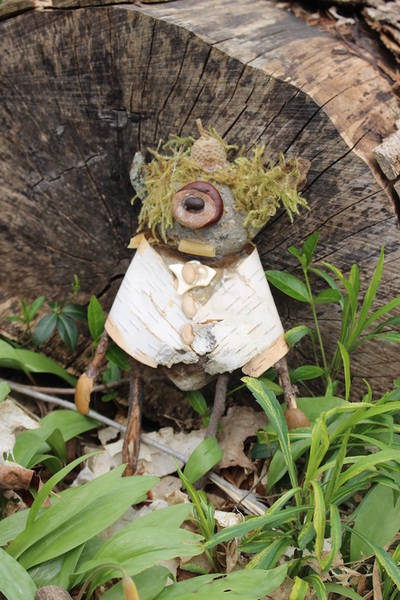
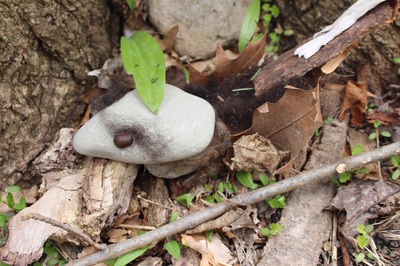
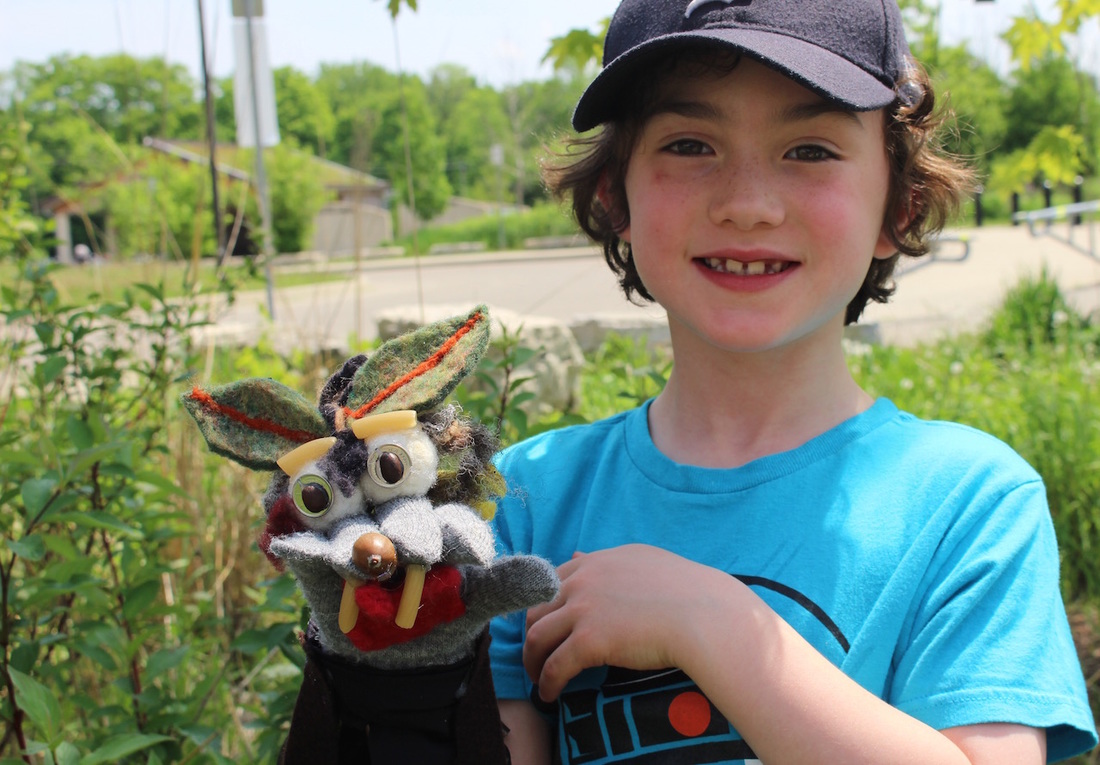
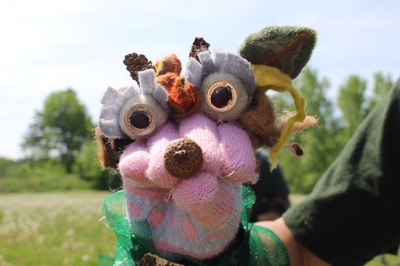
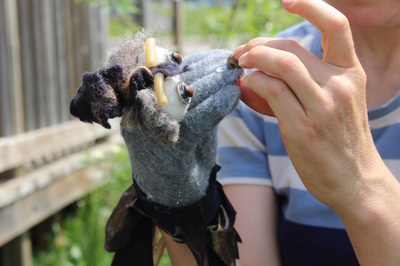
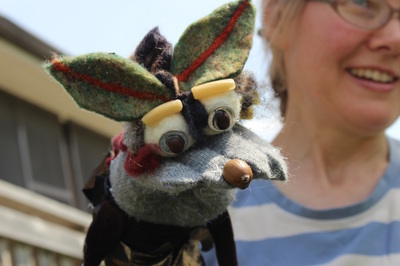
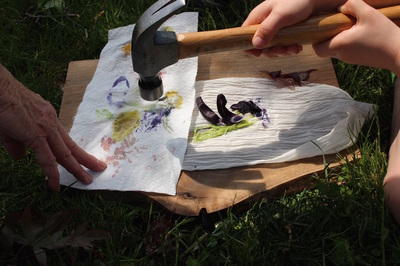
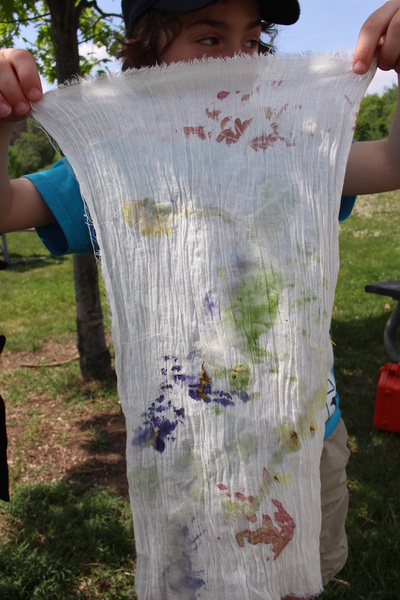
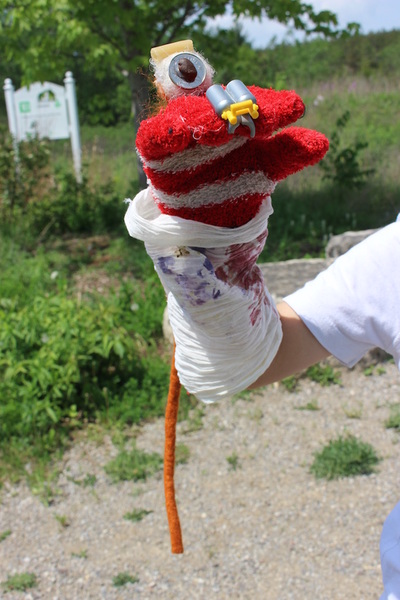
 RSS Feed
RSS Feed